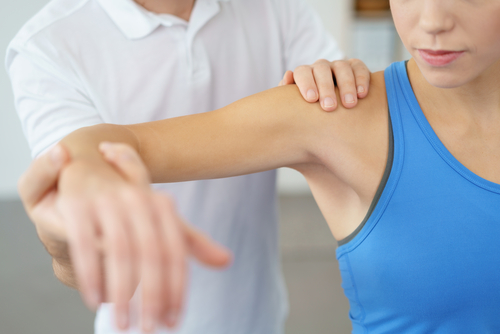After you receive surgery for a rotator cuff injury or some other type of shoulder injury, your recovery process has only really just begun. For many types of injuries that require shoulder injury, you’re liable to remain in a sling for anywhere from a week to an entire month. This can make day-to-day life a bit of a challenge. However, if you follow some simple steps, you can make sure that you’re well prepared for a rehabilitation process that is comfortable, convenient, and efficient.
Start Getting Ready Before the Procedure
Before your surgery, you want to make sure that your home is properly set up to accommodate your needs. Your home should still feel like a safe, comfortable place, not an obstacle course for you to navigate! A good first step is to have your meals prepped and frozen/refrigerated for the first week or two after your procedure. Additionally, stock up on any staples that you’ll need from the store. Ideally, you should not have to leave your home for a while if you don’t want to.
Another thing you want to be ready for before you get surgery is having to use your uninjured arm, especially if it is your non-dominant arm. If this is the case, practice doing day-to-day tasks with your non-dominant arm, such as brushing your teeth, combing your hair, opening doors, showering/bathing, and navigating your entire home.
Do Your Physical Therapy
One of the worst things you can do after your surgery is to neglect your physical therapy. When your doctor or physical therapist gives you a specific routine, it is meant to restrengthen specific shoulder muscles, restore range-of-motion, and increase mobility.
Additional Important Post-Care Tips:
- Use a pillow to rest your arm when you are sitting down or resting.
- Try sleeping on a comfortable, reclining chair if sleeping in a bed is too painful.
- Watch for swelling, bleeding, severe pain, or any noticeable symptoms of the incision in your shoulder. Contact your doctor if they arise.
- Don’t let water, dirt, or dust near your shoulder’s incision.
- Absolutely listen to your doctor’s instructions! This includes following detailed instructions on taking post-surgery medications.

